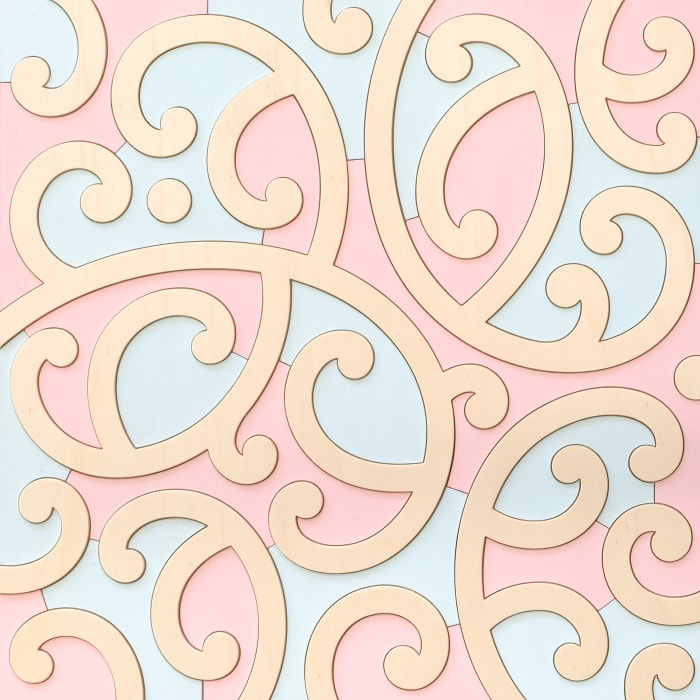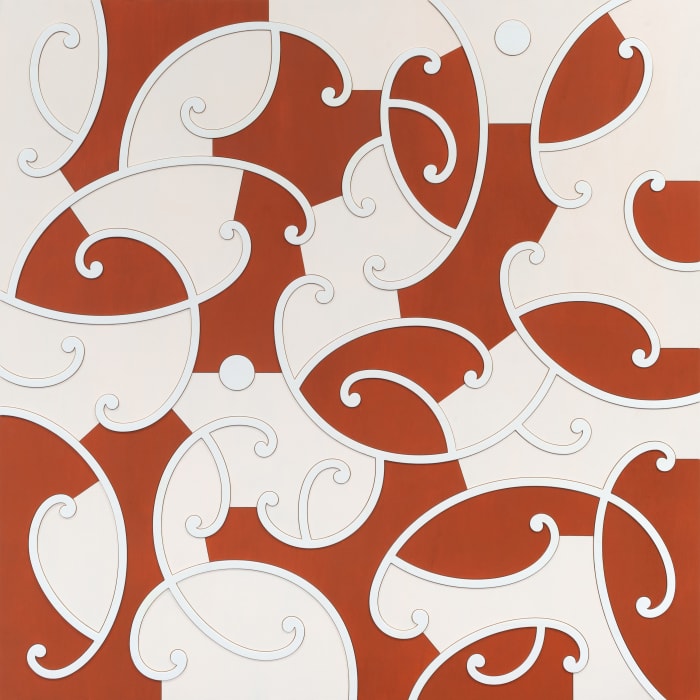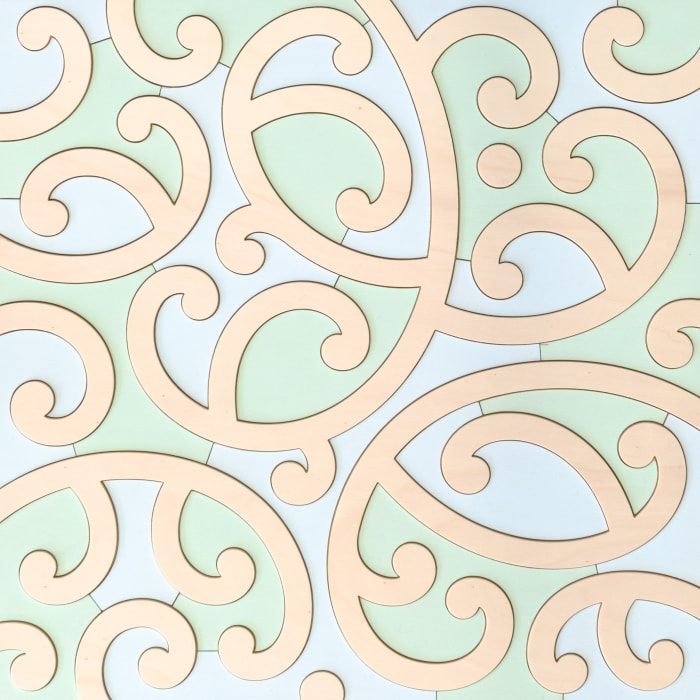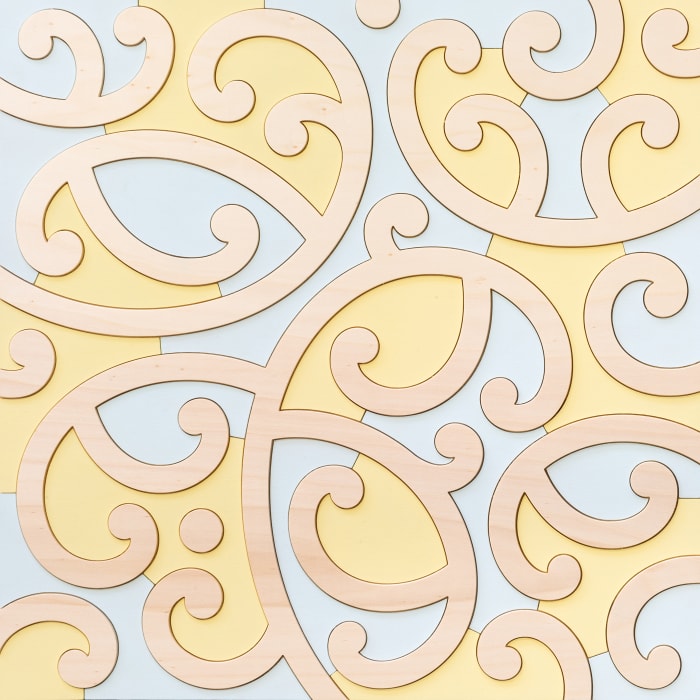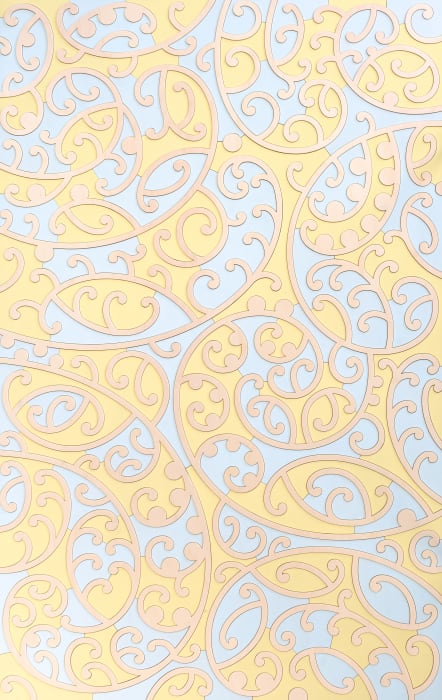Ngataiharuru Taepa (b.1976, Te Arawa, Te Āti Awa) was born in Te-Whanganui-a-Tara and completed a Masters in Māori Visual Arts in 2003, studying under lecturers Robert Jahnke, Kura Te Waru Rewiri, and Shane Cotton at Massey University. Today, he is Associate Pro Vice Chancellor of Toi Rauwhārangi - College of Creative Arts in Palmerston North.
Taepa’s earliest influences were his grandmother, painter Mavis Newland, along with his father Wi Taepa, a carver and Māori clay worker. His interest in Māori Arts accelerated while attending Te Aute College in Hawkes Bay, where he observed the making of kōwhaiwhai panels for Te Whare o Rangi by art teacher Mark Dashper. In 2000 Taepa was elected to Te Atinga, the Visual Arts Committee within Toi Māori Aotearoa where he was mentored by Sandy Adsett, June Grant, Manos Nathan, and Coleen Urlich. Taepa’s involvement with different Toi Māori hui has created experiences of interaction with many artists from Aotearoa and cultures throughout the Pacific, which he sees as an important part of his creative process.
Taepa has exhibited extensively both nationally and internationally, with his work most recently included in the major group exhibition Indigenous Histories at the Museu de Arte de São Paulo (MASP) in Brazil. His mahi is represented in significant collections including Te Papa Tongarewa Museum of New Zealand, Christchurch Art Gallery Te Puna o Waiwhetū, and Auckland War Memorial Museum Tāmaki Paenga Hira.
His current practice includes installation works that look at contemporary issues within New Zealand society, as well as paintings and wood works that are fueled by a longstanding fascination with kōwhaiwhai.
Another word for kōwhaiwhai is tuhituhi, which is the māori word we now use for writing. Kōwhaiwhai was the writing of our ancestors. That's the way they decided to describe what they saw in the world through the written language of tuhituhi or kōwhaiwhai. I'm quite conscious that this art form pre-dates, in our culture, the written word and part of my master’s study was to examine the impact that the written word had on our visual culture and on understanding kōwhaiwhai as a visual language.
- Ngataiharuru Taepa in kōrero with Kahutoi Te Kanawa (Curator Pou Ārahi) for Auckland War Memorial Museum, 2022.

